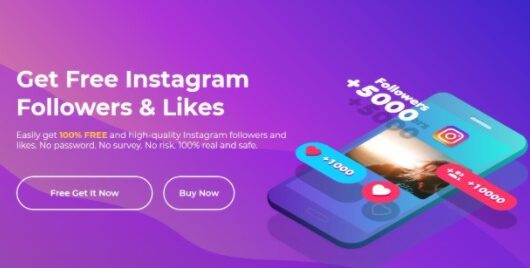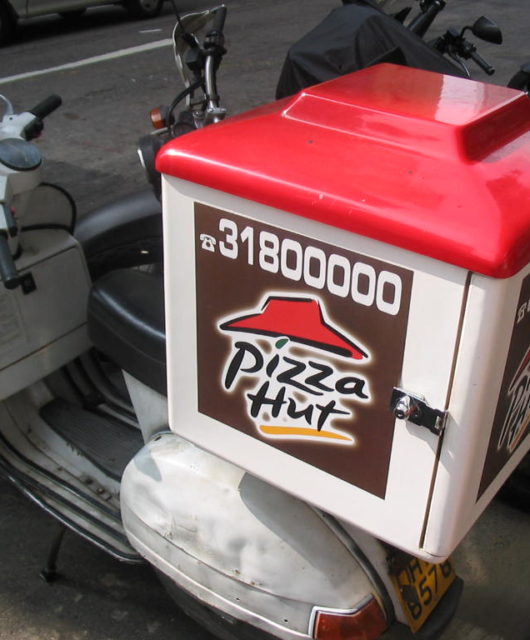How to Choose Smart Phone Operating System
 When buying a smartphone, first choose an operating system. Then consider the functions and price you need to find the right model. Learn how to make wise decisions when purchasing smart phones. Be sure to consider other software in use!
When buying a smartphone, first choose an operating system. Then consider the functions and price you need to find the right model. Learn how to make wise decisions when purchasing smart phones. Be sure to consider other software in use!
1. Understand some basic differences between operating systems.
The iPhone (known as iOS) is famous for its ease of use, security. It has simple integration with other Apple products.
Android’s integration with Google services associate with the functionality. It connects with lower cost.
If you can, try to operate the device in the store. This will give you a better impression of the interface and operating system.
2. Determine your price range. IOS phones are more expensive than Android phones. Among mobile phone producers, Apple and Samsung are the most expensive mobile phones. You can find many mobile phones that are not so expensive but have strong performance. The smartphones prices in UK are different. Everything depends on your choice.
When buying a phone, sometimes the phone operator will subsidize the phone. Or it is free of charge. You need to abide by the 2-year billing plan formulated by the operator. There will be a fine if you cancel it early. Some operators charge a monthly “equipment fee”.
3. Consider the equipment and software you have. If you own a tablet or computer, you will experience the best integration with its services and software. This is by obtaining a mobile phone. It has the support of the corresponding developer (for example, Apple computers and iPad are cross-compatible with iPhone applications). Please note that any mobile phone can be connected to and used with all computer operating systems.
If you are a heavy user of MS Office or Google, you will get the best integration. You can support using Android phones.
4. Determine which features meet your needs. Each operating system has some proprietary functions. While basic functions such as e-mail, Web browsing and maps will be available on all systems.
Android has Google Now, a custom home screen widget. It allows the installing of third-party applications (which means you can download programs from the Internet. You can install them outside the Play Store ecosystem). Most Android phones have fingerprint sensors for cloud storage of pictures. They support the use of Google cloud hard disks for documents and cloud storage.
5. Consider which applications you want to use. All operating systems provide many popular applications. But some applications are unique to their respective platforms. Check the application store associates with each option. This is to ensure that you can access required applications.
If popular applications are not provided on competitors’ operating systems, there are likely to be alternative applications. They are similar in function. The application you purchased is linked with your store account. As long as future phones use the same operating system, you can transfer them to any phone.
6. Select an operating system. For most people, the decisive factor will be personal preferences. Those looking for simple interfaces and security systems will like iOS. While those looking for more custom options and lower costs may prefer Android phones.









